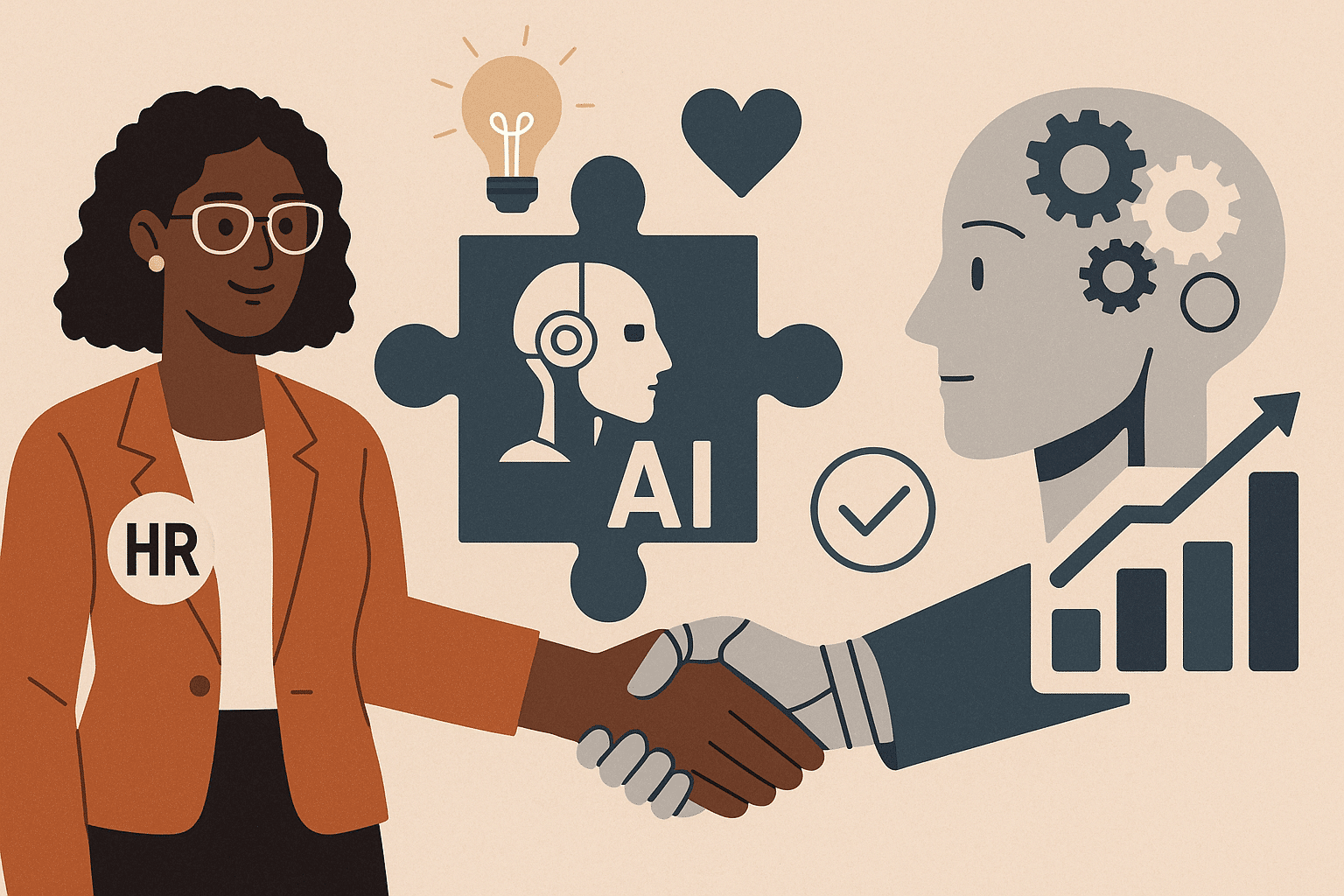What is gamification? How does it work? And what are the best practices to implement for a successful gamification strategy in the workplace? We address these questions in this article.
Throughout history, humans have enjoyed playing games. The origins of the yo-yo are lost in the mists of time. Tops existed in antiquity.
Humans have a natural inclination towards play. They like to engage in “pretend” activities. Through play, they challenge themselves, compare their abilities with others, and feel engaged. Games evoke pleasure, desire, and attention.
The business world has recognized this tendency and now employs it to manage teams. This is what is referred to as “gamification.”
Definition: What is Gamification?
Gamification in the workplace refers to a novel management technique. It’s an innovative way to manage teams and create a pleasant work environment. This strategy promotes learning, enhances collaboration, and boosts employee performance within a company. Gamification makes a company more appealing to potential candidates.
How Does Gamification Work?
But practically, how does gamification work?
Gamification employs game mechanics to make tasks and actions more enjoyable. It adapts motivational techniques from games (including video games) and applies them to a non-playful context: work.
Employees are challenged, rewarded, and they earn points while engaging in competition. In doing so, they improve their own performance, and simultaneously, that of the company.
By adding a recreational element to “serious” activities, the company encourages its employees to positively engage in a task and/or excel in business challenges.
The Different Stages of Gamification
As you’ve understood, in a gamification strategy, a company uses the mechanics of games to encourage its employees to actively engage in an activity:
- Set specific objectives to accomplish a mission.
- Reward employees for each completed task.
- Engage through competition: challenge employees by focusing on score culture, organizing challenges among colleagues, implementing leaderboards.
- Promote teamwork collaboration.
- Assign statuses based on levels or usage time: these statuses elevate the employee’s standing in the eyes of others.
- Allocate points.
- Provide real-time feedback.
Which Sectors are Affected by Gamification?
All fields can be impacted by gamification. The healthcare sector utilizes gamification. Airlines, telecommunications, and clothing brands also use it. In fact, there are no limits.
In a gamification strategy, training and learning, for example, can be approached through quizzes, e-learning, or serious games.
In a business setting, introducing playful activities allows the marketing department to enhance customer engagement and loyalty, HR to make the company more attractive, and the sales department to incentivize salespeople to perform better.
In Conclusion
Gamification is an innovative form of management. When applied in the business context, it enables employees to increase their self-esteem, foster social connections, and experience a sense of accomplishment.
Gamification places humans at the core of the company. It offers a more enjoyable experience and assists individuals in completing tasks they might have been reluctant to perform in a different context.


